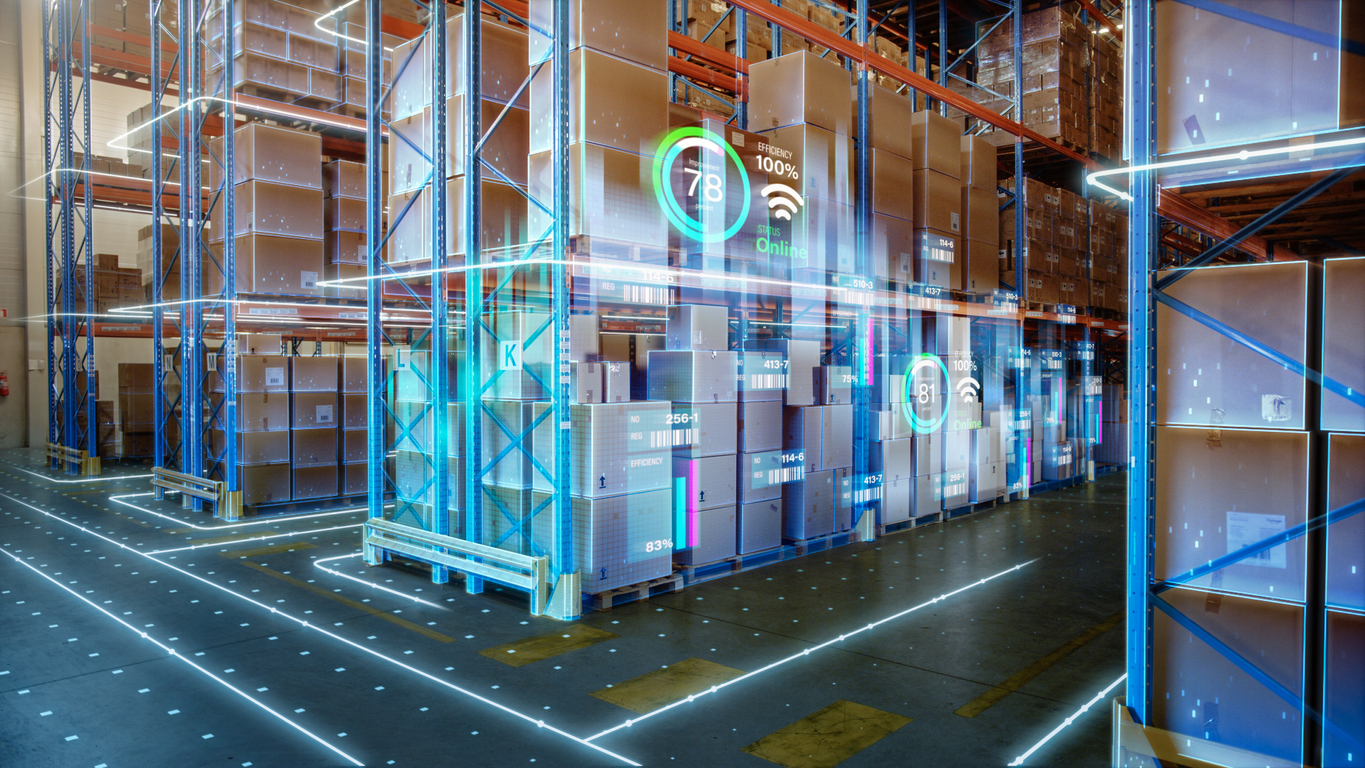With more and more people embracing digital and smart shopping experiences, the retail market is scrambling to adopt new retail technology to remain viable and sustain growth in a rapidly changing landscape.
In this article, we’ll highlight some of the major challenges businesses are facing and the solutions they are looking for. For a more in-depth look at the trends of the retail industry, head over to our Retail Investment 2021 report.
Challenge 1: Evolving and Enhancing CX
Customer experience is expected to shift even more in 2021 and as consumers become more conscious of their spending, retailers will need to optimize every step of the customer journey to maintain loyalty, and spark growth.
Improving customer journey optimization will involve significant investments in retail technology trends, a key touchpoint of which will be the tech that improves process efficiency such as AI, automation, and customer touchpoints (as well as mapping them out).
A quick view at the core focuses among retail leaders shows that many organizations are prioritizing smart solutions and digital competency to handle customer needs and ensure quality CX.

What Are They Looking For
Improving the experience for customers by delivering fast and accurate responses through CX software which integrates marketing automation, customer service, CRM, CPQ, sales force automation (SFA) solutions, and customer data platform (CDP)
Challenge 2: Deciphering The Data
Achieving effective customer journey optimization will require targeted investments in retail technology and a high priority tech among retail leaders is data and analytics.
With the influx of data available due to rapid digital transformation, organizations are scrambling to adopt big data and real-time data analytics to better refine their business actions according to customers’ needs and profiles.
As the global big data market is forecasted to be worth $103 billion by 2027, data analytics is no longer just a buzzword, but an important retail technology investment needed for day-to-day efficiency in organizations and individuals.
Given the current talent gap, however, businesses will still look to third-party solutions in terms of building an infrastructure that allows them to utilize data analytics effectively.

What Are They Looking For
Platforms that implement easy-to-use analytics, data mining, and automated forecasting. Department-specific data such as marketing, sales, and customer analytics will also be a key factor for many businesses.
Challenge 3: Digitalizing Stores and Scaling e-Commerce
A shift towards improved digital storefront experiences is in line with customer market behavior as globally, 49% of the population is shopping online more now compared to pre-COVID times.
Nevertheless, customers still prefer shopping on-location, with a recent survey done by Shekel showing that 87% of customers prefer to shop in stores, but with touchless or seamless self-checkouts.

As such, improving the infrastructure for businesses’ e-commerce platforms and brick-and-mortar stores has become a race. Those who are able to achieve seamless online shopping experiences and frictionless smart payments will get the lion’s share of the market.
What Are They Looking For
The ability to transition from an analog business model to a digital, omnichannel model through cloud solutions or optimizing current digital channels such as mobile apps, IoT, and smart shopping.
Challenge 4: Improving Digital Security
Machine learning and cloud computing continue to be high priorities in tech adoption for retail leaders. Cybersecurity, however, has seen a significant rise due to demands for safer and more secure digital/smart shopping.
The confusion caused by the coronavirus and the massive shift towards digital/remote working has led to cyberattacks becoming frequent with large data breaches increased by 273% in the first quarter of 2020.

Retailers will face an uphill battle in the “new normal” of post-COVID to assimilate all the necessary digital security strategies, be it upgrading vulnerable software and hardware components or strengthening customer data protection, to ensure customer confidence and loyalty.
However, with the global market for cyber security software expected to grow to $230 billion in 2021, they can expect exponential growth in the practices and solutions for digital security.
What Are They Looking For
A simplified platform that allows them to reduce security risk through robust privileged access management (PAM) and optimal solutions for customer data storage and protection that comply with GDPR.
Overcoming The Challenges
At the start of 2021, it’s clear that retail giants are making big investments when it comes to innovative retail technologies. Certain technologies, such as digital transformations, continue to be a major priority for retailers.
The big changes, however, come from renewed interest in improving customer journeys through data analytics and scaling up digital channels via e-commerce or smart shopping experiences.
For any organization, it’s essential to identify which areas of retail technology they are trailing behind, then network with the right solution provider, invest in skilled talents and have the necessary tools to maintain growth in a soon-to-be revitalized industry.



